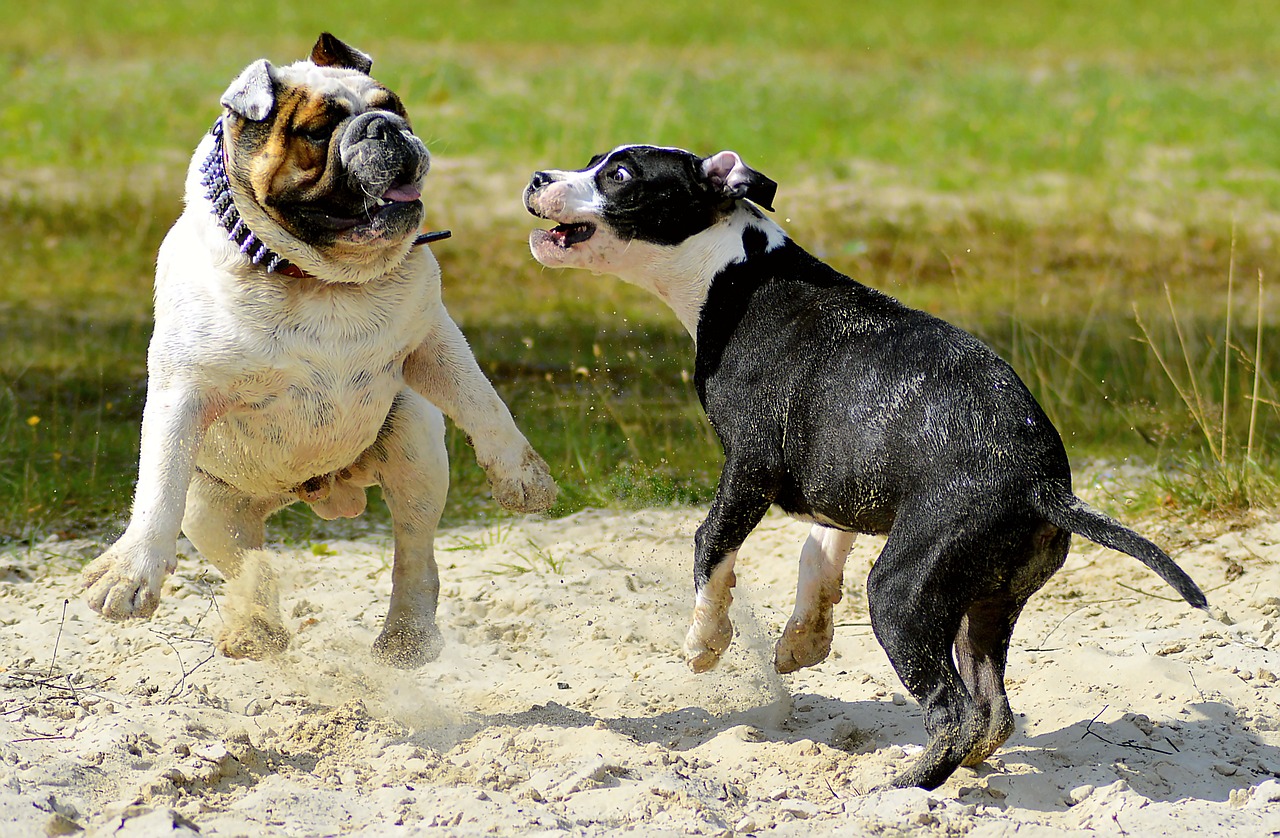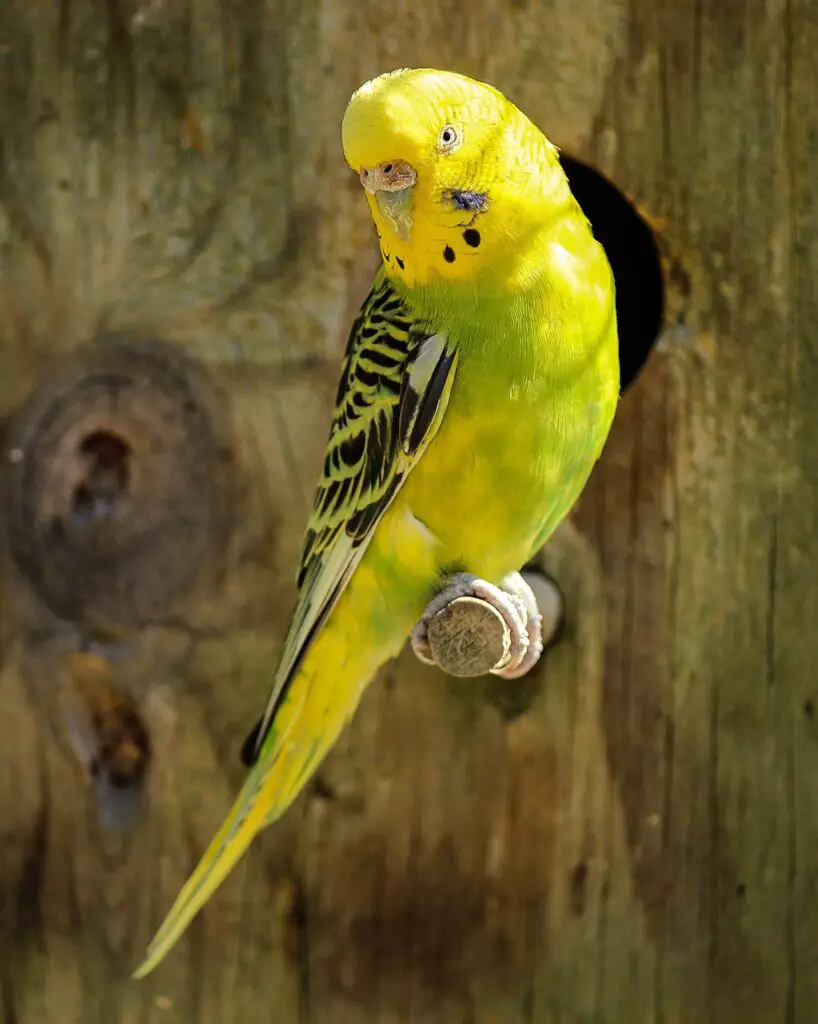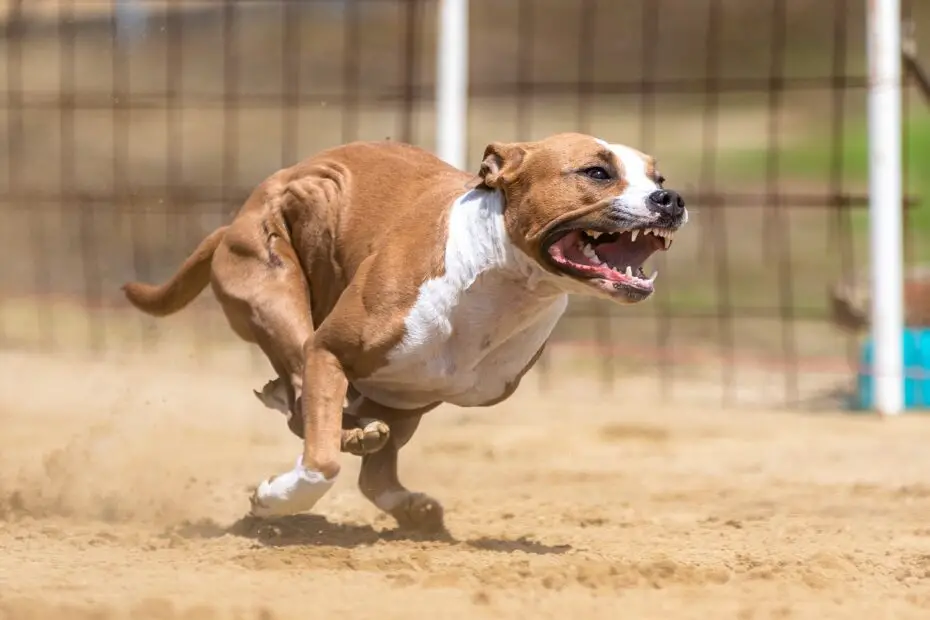Pets are more than just animals; they are cherished members of our families, bringing joy, comfort, and companionship to our lives. Their unique personalities, playful antics, and unconditional love make them wonderful subjects for photography. Capturing memorable moments with your furry friends can create lasting keepsakes and bring a smile to your face whenever you look at the photos.
In this blog, we’ll explore pet photography tips and techniques to help you capture your beloved pets in their best light, whether you’re using a professional camera or a smartphone.
You may also want to read about the best dog treats.
Pet Photography: Prepare and Plan Ahead
Before you start clicking away, take some time to plan and prepare for your pet photography session. Preparation is key to capturing those perfect moments.

Gather the Right Equipment
- Camera Choice: While professional cameras offer more control over settings, smartphones can also produce stunning pet photos. Use the camera that you’re most comfortable with.
- Lenses: If you have a DSLR or mirrorless camera, consider using a prime lens with a wide aperture (e.g., 50mm f/1.8) for beautiful bokeh (blurred background) effects.
- Tripod: If you’re using a camera, a tripod can help stabilize your shots, especially in low light.
Choose the Right Location
Select a location where your pet feels comfortable and relaxed. It could be indoors, in your backyard, at a park, or even at the beach. Ensure the environment is safe and free from hazards.
Timing is Everything
The best times for pet photography are during the “golden hours” – the first hour after sunrise and the last hour before sunset. The soft, warm light during these times enhances your photos and reduces harsh shadows.
Use Treats and Toys
Keep your pet engaged and cooperative by having their favorite treats and toys on hand. These can be used as rewards for good behavior and to grab their attention.
Capturing the Perfect Shot
Now that you’re prepared, it’s time to start capturing those memorable moments with your furry friends.
Get Down to Their Level
To create an intimate and engaging perspective, crouch down or lie on the ground to shoot at your pet’s eye level. This approach allows you to connect with your pet on their terms and results in more captivating photos.
Patience is Key
Pets can be unpredictable, and you might need to wait for the right moment. Be patient and ready to capture those spontaneous and genuine expressions that make your pet unique.
Use Fast Shutter Speeds
Pets are often in motion, so use a fast shutter speed (1/500 or higher) to freeze their actions and prevent motion blur. You can set your camera to “sports” or “action” mode for quick shooting.

Focus on the Eyes
A pet’s eyes are incredibly expressive and can convey their emotions. Ensure that the eyes are in sharp focus, as blurry eyes can make a photo less impactful. Use single-point autofocus to pinpoint the eyes.
Portraits and Personality
While close-up portraits capture details beautifully, don’t forget to capture your pet’s personality. Photograph them in their natural element – playing, exploring, or simply lounging around.
The Rule of Thirds
Compose your shots using the rule of thirds. Divide your frame into thirds horizontally and vertically and place your pet at the intersections or along the lines. This adds balance and interest to your photos.
Background Matters
Pay attention to the background of your shots. A cluttered or distracting background can take the focus away from your pet. Opt for simple, uncluttered backgrounds or use a wide aperture to blur the background (shallow depth of field).
Candid Moments
Some of the most endearing pet photos are candid moments when they are not posing. Be ready to capture these unguarded moments of playfulness, curiosity, or relaxation.
Lighting and Composition
Lighting and composition play pivotal roles in creating striking pet photographs.
Natural Light
Whenever possible, use natural light. Indirect sunlight or soft, diffused light from a cloudy day works best. Avoid harsh, direct sunlight, which can create harsh shadows and overexposed highlights.
Window Light
If you’re shooting indoors, place your pet near a window to take advantage of soft, diffused window light. It can beautifully illuminate your pet’s fur and features.
Flash Photography
Using the camera’s built-in flash can often lead to red-eye and harsh shadows. If you need extra light, consider using an external flash with a diffuser or bounce the flash off the ceiling for softer, more natural-looking light.
Compositional Techniques
Experiment with different composition techniques like leading lines, framing, and symmetry to add depth and interest to your pet photos. These techniques can help draw the viewer’s eye to your pet.
The “Blink Rule”
Pets often blink when they see a camera or smartphone pointed at them. To capture alert and expressive eyes, count to three before taking the shot to minimize blinking.
Editing and Post-Processing
Once you’ve captured your pet photos, the post-processing phase can enhance their quality and appeal.
Crop and Straighten
Use photo editing software to crop and straighten your images if needed. This can improve the composition and focus on your pet.
Adjust Exposure and Color
Fine-tune exposure, contrast, and color balance to enhance the overall look of your photos. Be careful not to over-process, as naturalness is key.
Remove Distractions
Eliminate distracting elements from the background or foreground using cloning or healing tools. Keep the focus on your pet.
Enhance Details
Use sharpening tools to enhance the details in your pet’s fur or features, but be subtle to avoid an unnatural look.
Safety and Respect
Remember to prioritize your pet’s comfort and well-being during the photography session.
Respect Boundaries
Pay attention to your pet’s body language. If they seem stressed or uncomfortable, take a break or stop the session altogether. Respect their boundaries and well-being.
Avoid Stressful Situations
Don’t place your pet in situations that might stress or frighten them solely for the sake of a photo. Their safety and happiness should always come first.
Use Positive Reinforcement
Reward your pet with treats and praise during and after the photo session. This positive association will make them more willing to participate in future sessions.
Conclusion
Pet photography is a wonderful way to capture the essence of your furry friends and create lasting memories. Whether you’re using a professional camera or a smartphone, these tips and techniques can help you capture your pets in their best light. Remember to plan ahead, be patient, and prioritize your pet’s comfort and well-being throughout the process.
With practice and a little creativity, you can create a collection of beautiful pet photos that celebrate the unique bond you share with your four-legged companions. So, grab your camera or smartphone, and start capturing those precious moments that will bring smiles to your face for years to come.
